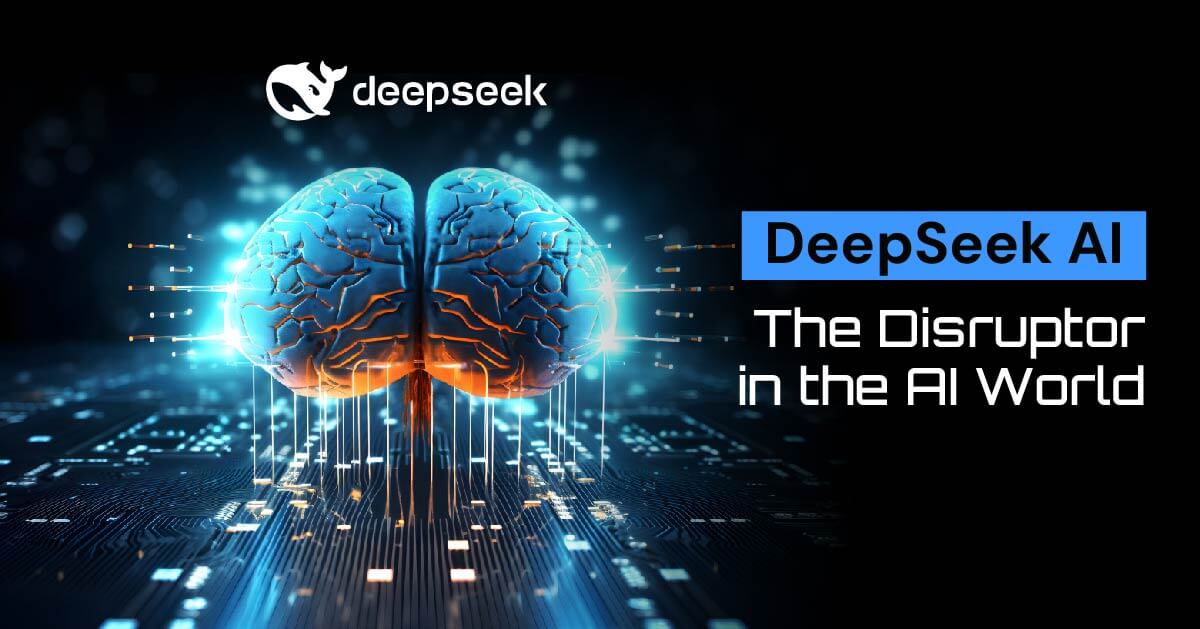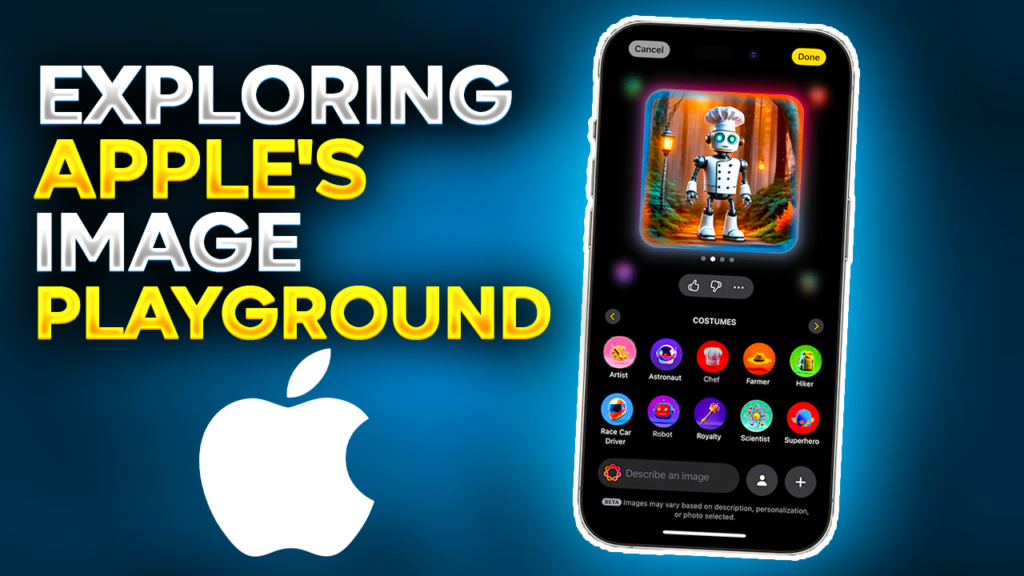DeepSeek, the Chinese AI startup, has become a global sensation almost overnight. After the release of its R1 model on 20th Jan, its AI app has managed to dethrone ChatGPT from the App Store and has made its way to the top of the Google Play Store as well.
So, what is it about DeepSeek AI that has created such a buzz amongst its audience?
What is DeepSeek?
Formed by Liang Wenfeng, DeepSeek is a Chinese AI development firm, focusing on creating open-source Large Language Models (LLMs). It launched its first model back in Nov 2023, but it wasn’t until the release of its R1 model in Jan 2025 that the AI startup earned its fame.
There is a certain conviction about developing LLMs like these; they require a significant amount of technical as well as financial resources.
The reason why DeepSeek AI was able to conquer the market with R1 was because it developed this LLM at a fraction of the cost as compared to its competitors. Also, since it is open source, users can access it for free.
Let’s take a look at DeepSeek’s most recent LLM models.
DeepSeek R1 Model
DeepSeek’s latest AI model’s main focus is on speed, precision, and logical reasoning. Using this, you can easily handle complex tasks, as it excels in mathematics, problem-solving, and AI-driven decision-making.
The R1 model is also best used for research and as an educational tool. It is based on reinforcement learning, meaning it uses trial and error to continuously improve and provide factually correct, logical, and human-like results.
DeepSeek V3 Model
The V3 model was released in Dec 2024 and is all about balancing efficiency and scalability. It is a general-purpose model that uses Mixture-of-Experts (MoE) architecture, activating 671 billion parameters with 37 billion per token.
Overall, it is great for multitasking, particularly across mathematics, coding, logical reasoning, and multilingual communication. For organizations and researchers, the V3 is a good choice, as this high-performance AI model can adapt well to different tasks.
DeepSeek vs. OpenAI
OpenAI has been the industry leader ever since ChatGPT was introduced in 2022. However, DeepSeek has raised some competition in the AI world and is turning out to be a big challenge for OpenAI.
It should be noted that while both models are paving the future for AI, they both have different approaches and come along with their own set of strengths and weaknesses. Let’s dive in further to know how both of them work.
-
Performance Strength
- DeepSeek is the perfect option if you are working on technical issues, particularly mathematics. ChatGPT, on the other hand, is more about understanding context and providing responses across a broad range of topics.
-
Advanced Models
- DeepSeek’s specialized models include DeepSeek Coder for coding and Janus Pro as its vision model. Meanwhile, ChatGPT has Whisper, a speech recognition model, and DALL-E for image generation.
-
Training Approach
- DeepSeek uses reinforcement learning to train its models, while OpenAI has a monitored and instruction-driven tuning approach.
-
Cost and Accessibility
- As an open-source model, DeepSeek is available for free and can be modified if one wants to customize it. ChatGPT offers basic features free of cost, but if you want to avail the advanced tools, you need to subscribe to the premium version.
Conclusion
DeepSeek’s rapid popularity caused a stock market sell-off on 27th Jan 2025, leaving investors reassessing the future of AI businesses. Major US-based companies like Nvidia, Microsoft, Meta Platforms, Oracle, and Broadcom suffered tragic declines in their stock prices and valuations. As of now, DeepSeek has no plans to commercialize and is dedicating its time to researching and improving AI technologies.





